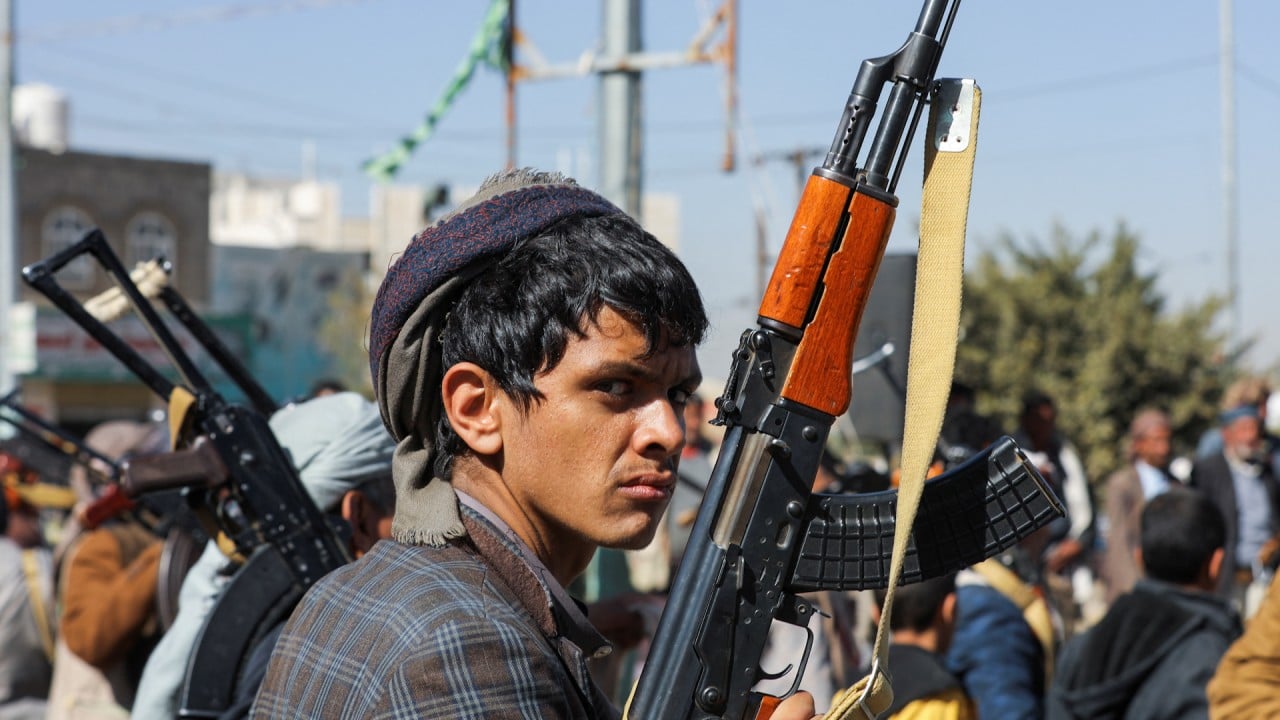US blacklists Chinese firms tied to drones used by Russia and Houthis
The Commerce Department added a Chinese entity, Jiangxi Xintuo Enterprise Co, for supporting Russia’s military through the procurement, development, and proliferation of Russian drones, it said.
Shenzhen Jiasibo Technology Co of China was cited for being part of a network procuring aerospace components, including drone applications, for an aircraft company in Iran.
Three Russian entities – Aerosila JSC SPE, Delta-Aero LLC, and JSC ODK-Star – were added for being part of the network.
“These components are used to develop and produce Shahed-series UAVs (unmanned aerial vehicles) which have been used by Iran to attack oil tankers in the Middle East and by Russia in Ukraine,” the Federal Register notice said, referring to unmanned aerial vehicles.
Attacks on ships including oil tankers by Iranian-backed Houthis have disrupted global shipping through the Red Sea. Yemen’s Houthis say they are retaliating against Israel’s war against Palestinian Hamas militants in Gaza.
Chinese-owned oil tanker hit by Houthi missiles in Red Sea
Companies are added to the US Entity List when Washington deems them a threat to US national security or foreign policy. Suppliers must then be granted licences, which are likely to be denied, before shipping goods to entities on the list.
The two UAE citations, Khalaj Trading LLC and Mahdi Khalaj Amirhosseini, were added for apparently violating Iran sanctions by exporting or trying to export items from the United States to Iran through UAE, according to the posting.
Four Chinese entities were cited for acquiring US items to support China’s military modernisation efforts, it said.
They are Linkzol (Beijing) Technology Co, Xi’an Like Innovative Information Technology Co, Beijing Anwise Technology Co and Sitonholy (Tianjin) Co.
The companies could not immediately be reached for comment.
US-Chinese military contacts resumed late last year but tensions continue due to fundamental differences over Taiwan and the South China Sea that remain dangerous potential flashpoints.
Chinese leader Xi Jinping has pumped billions into buying and developing equipment as part of his modernising efforts to build a “world-class” military by 2050, with Beijing’s outsize defence budget growing at a faster pace than the economy for some years.
